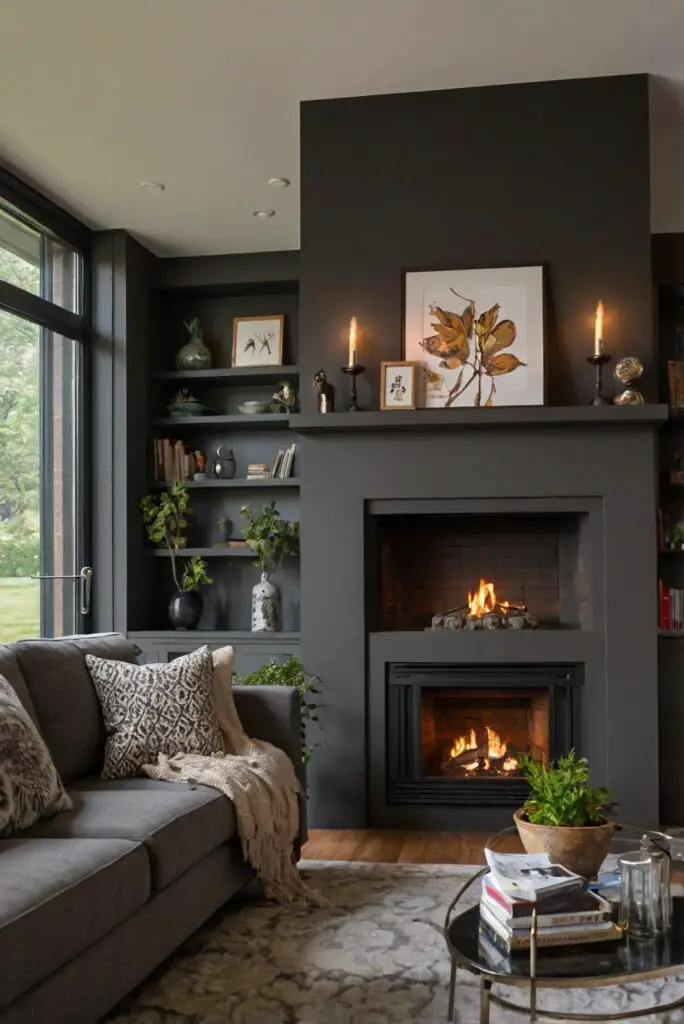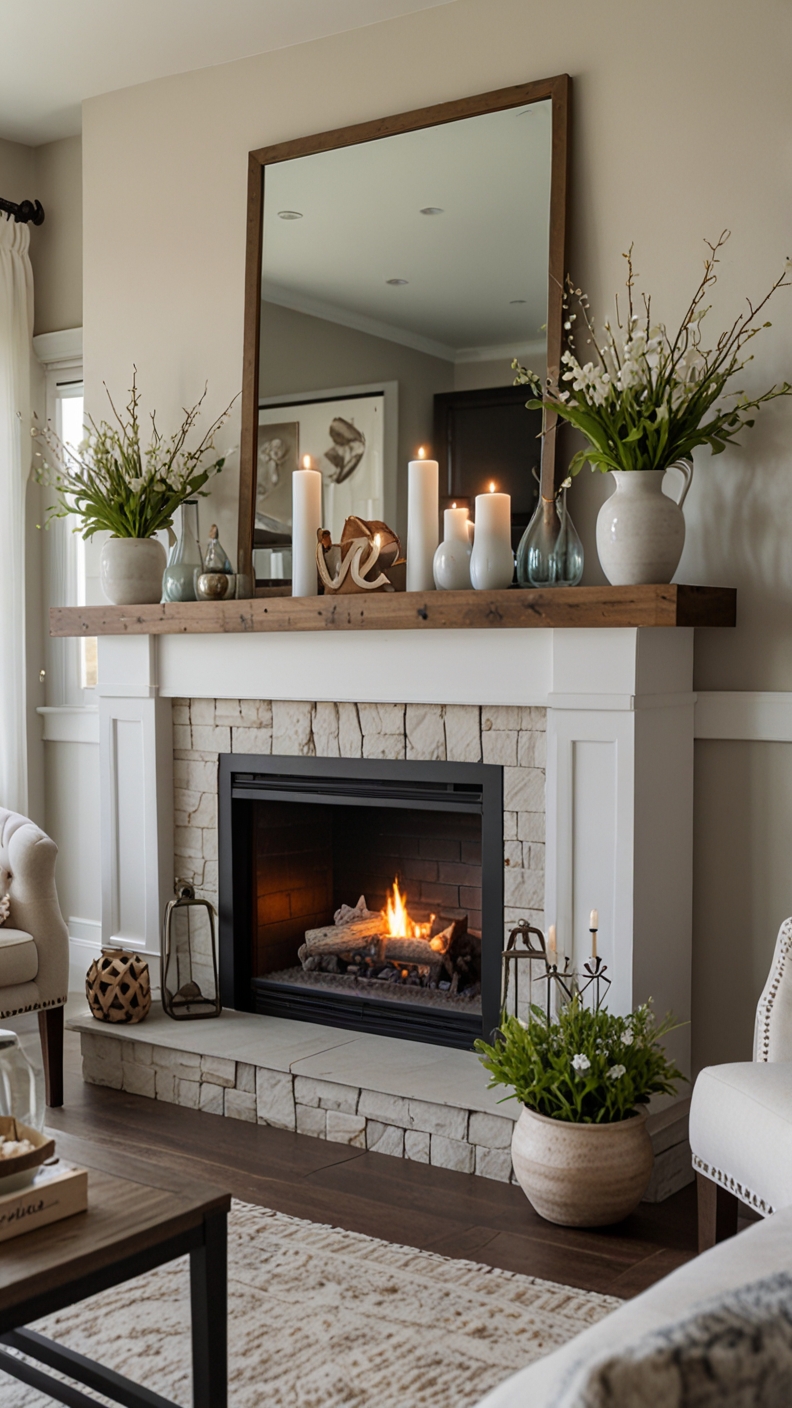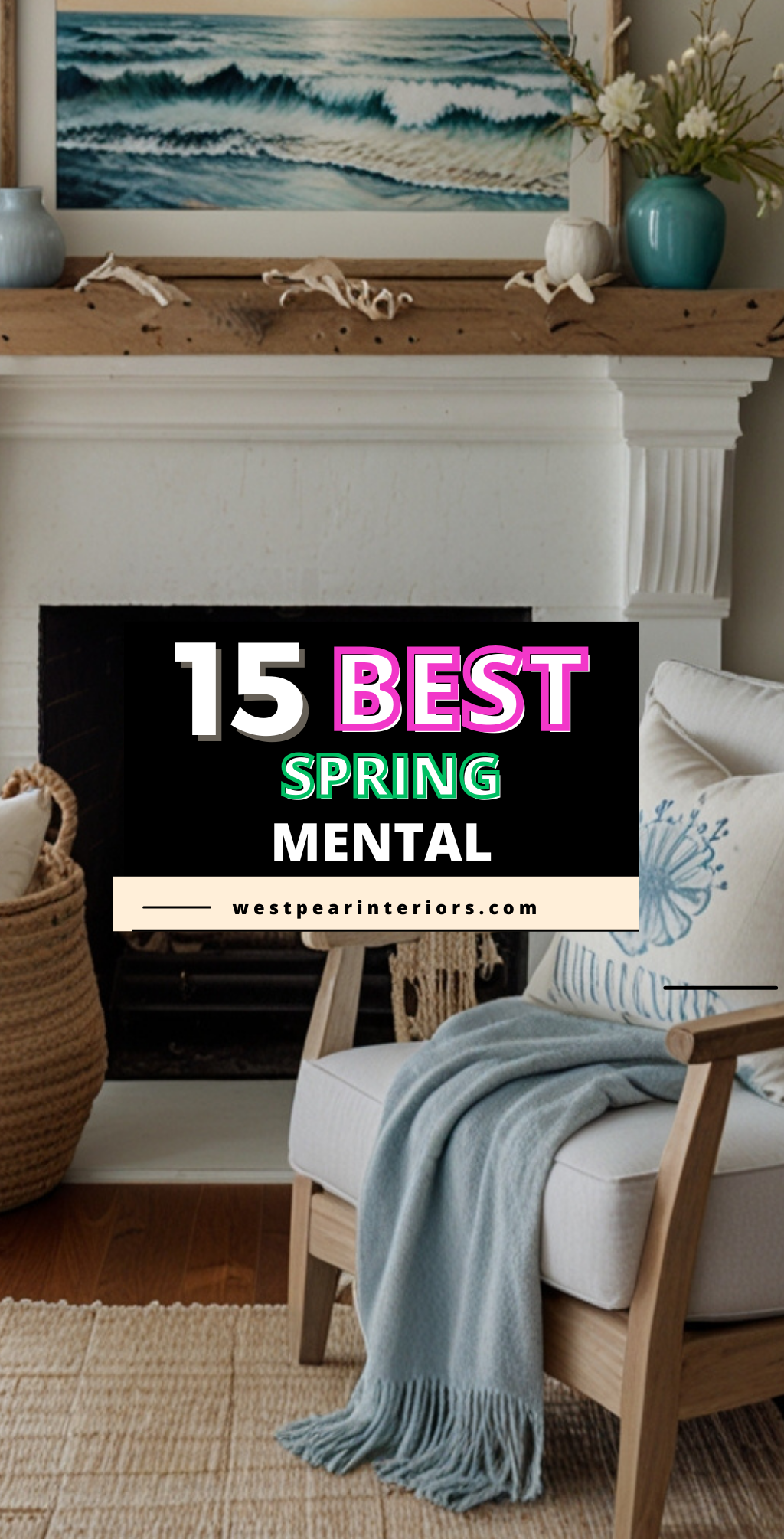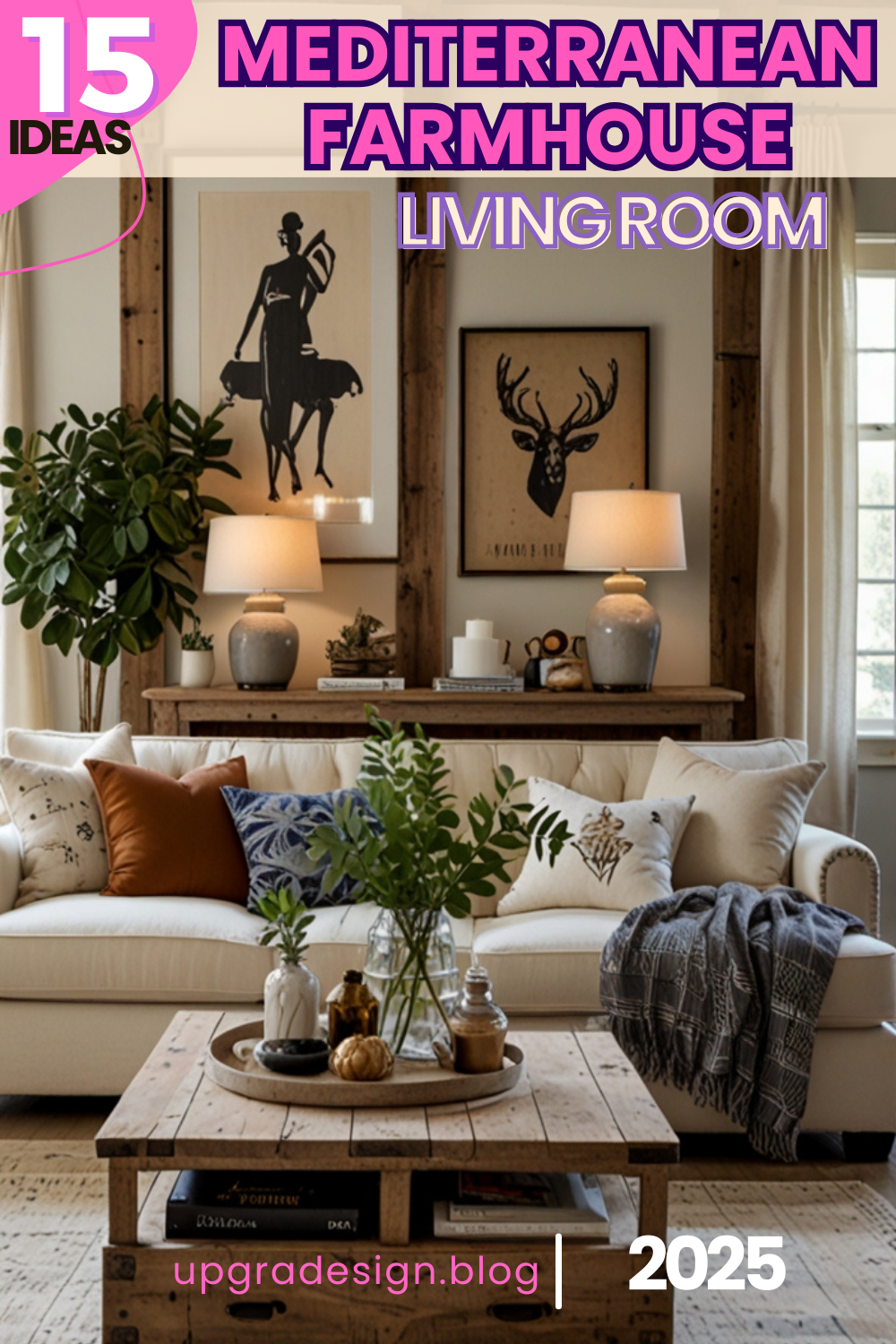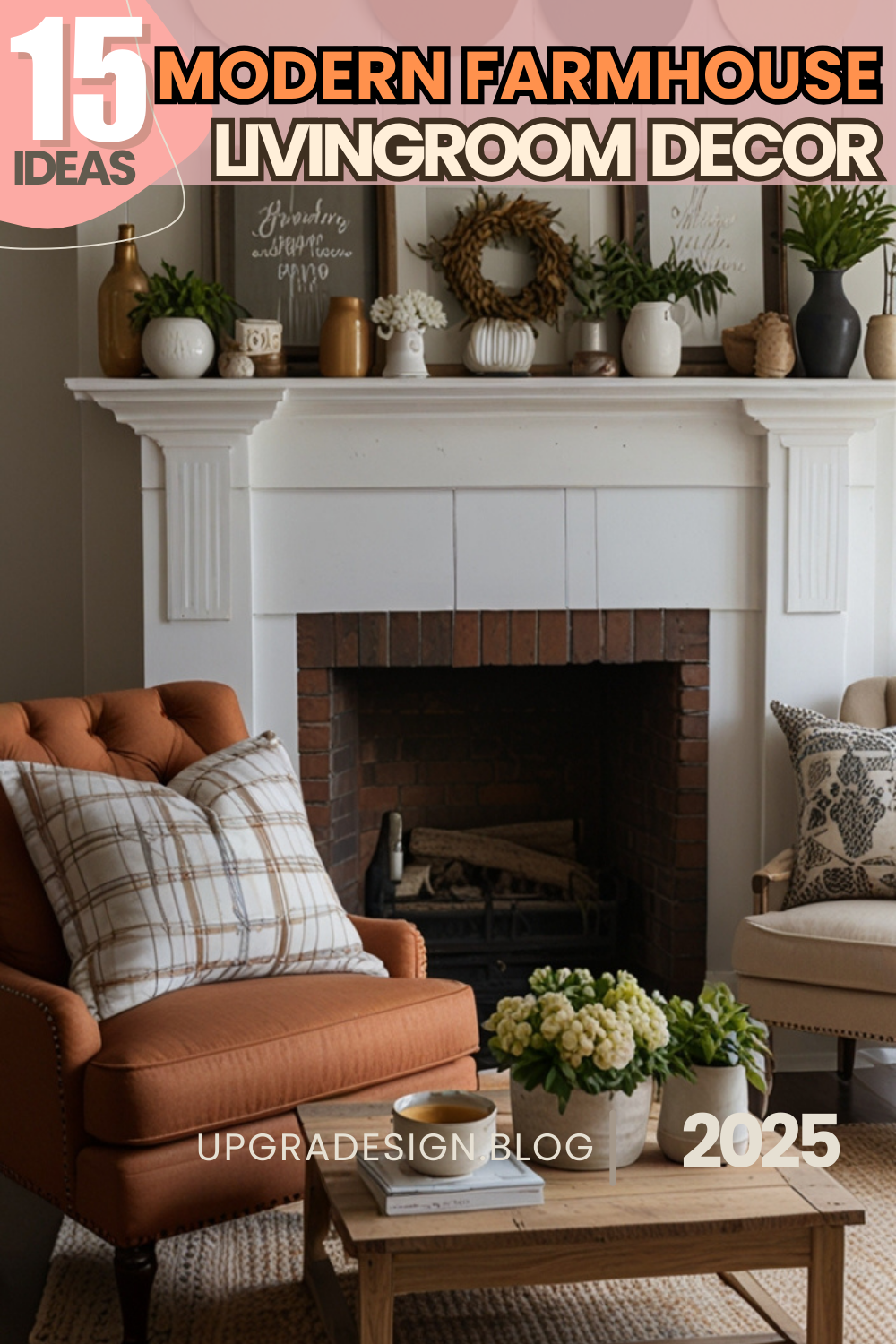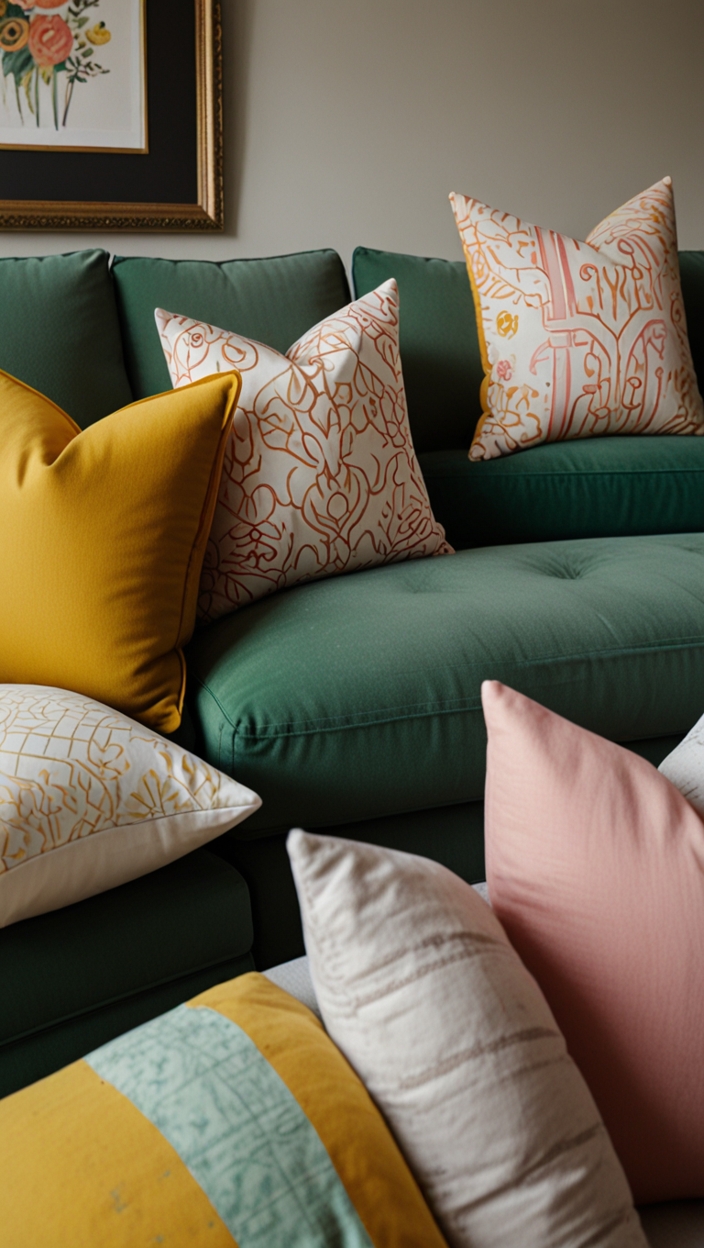Discover unique ways to showcase artwork near your living room fireplace. Get inspired with our creative interior designer routine for adding style and personality to your space.
**What Are Some Creative Ways to Display Artwork around a Living Room Fireplace?**
There are several creative ways to display artwork around a living room fireplace while ensuring safety and aesthetics. One approach is to create a gallery wall above the fireplace with a mix of framed artwork and decorative mirrors. Another option is to use the mantel as a focal point by placing a large piece of artwork or a statement mirror above it. You can also consider leaning artwork against the wall or layering multiple pieces for a dynamic look. When choosing artwork, ensure it complements the overall color scheme and style of the room. Additionally, consider the size and scale of the artwork in relation to the fireplace to maintain balance in the space.
How can I create a gallery wall around a living room fireplace?
My Lovely Spring Paint for 2025
Ready for a Spring Makeover? Explore the Freshest 2025 Paint Trends!
White Sage/Green SW Pistachio green Soft blue Honeysweet/Orange Pink Sugar Sage Tint BMAs an Amazon Associate, I may earn a commission from qualifying purchases at no extra cost to you.
Creating a gallery wall around a living room fireplace can be a visually stunning way to showcase artwork and add personality to the space. Here are some steps to help you create a beautiful gallery wall:
– **Choose a Theme**: Decide on a theme or cohesive style for your gallery wall to ensure a harmonious look. This could be based on color palette, art styles, or a specific subject matter.
– **Select Artwork**: Curate artwork that complements each other but also has enough variety to create visual interest. Mix different sizes, styles, and mediums for a dynamic display.
– **Plan the Layout**: Before hanging the artwork, lay out the arrangement on the floor to visualize how the pieces will interact with each other. Play around with different configurations until you find the perfect layout.
– **Consider Symmetry**: While asymmetrical gallery walls are trendy, symmetrical arrangements can provide a sense of balance and cohesion, especially around a fireplace.
– **Use Consistent Framing**: Opt for similar frames or matting to create a cohesive look, even if the artwork itself varies.
– **Hang with Precision**: Use a level and proper hanging hardware to ensure that the artwork is straight and secure on the wall.
– **Add Lighting**: Incorporate lighting above or around the gallery wall to highlight the artwork and create a cozy ambiance.
What are the benefits of incorporating art above a fireplace mantel?
Incorporating art above a fireplace mantel can have several benefits for your living room decor:
– **Focal Point**: Art above the fireplace can serve as a focal point in the room, drawing attention and anchoring the space.
– **Warmth and Personality**: Artwork adds warmth and personality to a room, making it feel inviting and reflecting your style.
– **Vertical Element**: Artwork above the fireplace can visually elongate the wall, creating a sense of height in the room.
– **Covering Space**: Art can help cover empty wall space above the mantel, preventing the area from looking bare or unfinished.
– **Conversation Starter**: Interesting art pieces can spark conversations and serve as a reflection of your interests or experiences.
Can I mix different art styles and sizes when displaying artwork around a fireplace?
Mixing different art styles and sizes when displaying artwork around a fireplace can result in a visually dynamic and engaging gallery wall. Here are some tips to successfully mix art styles and sizes:
– **Create Cohesion**: Look for common elements such as color schemes, themes, or frames that can tie together the diverse pieces.
– **Layering**: Experiment with layering artwork of different sizes to add depth and dimension to the gallery wall.
– **Balance**: Balance large pieces with smaller ones to create a visually pleasing composition. Avoid clustering all large or small pieces together.
– **Focus Point**: Consider placing a larger or standout piece at the center or focal point to anchor the arrangement.
– **Transitions**: Use smaller pieces to bridge the gap between larger artworks, creating a smooth transition between sizes.
– **Experiment Boldly**: Don’t be afraid to mix contrasting styles and sizes for an eclectic and personalized gallery wall.
How can I avoid damage to artwork from heat or soot near a fireplace?
My fAV Spring DECOR for 2025
Discover Spring’s Best 2025 Decor Combinations – Perfect for Any Room!
Oversized Indoor Plants White Curved Sofas Rugs BOH Brown Cream Moroccan Hype Boho Rug Outdoor Patio Furniture Sets Topfinel Pillow CoversAs an Amazon Associate, I may earn a commission from qualifying purchases at no extra cost to you.
Protecting your artwork from potential damage due to heat or soot from a fireplace is crucial. Here are some strategies to prevent such damage:
– **Distance**: Hang artwork at a safe distance from the fireplace to avoid direct exposure to heat and soot. A general rule of thumb is to keep the artwork at least 12 inches away from the fire.
– **Shielding**: Consider installing a protective shield or glass cover over the artwork to create a barrier from heat and debris.
– **Proper Ventilation**: Ensure that the room is well-ventilated to minimize the accumulation of soot particles that can settle on the artwork.
– **Maintenance**: Regularly clean and dust both the artwork and the area around the fireplace to prevent build-up that could damage the pieces.
– **Rotate Art**: If you frequently use the fireplace, consider rotating your artwork periodically to prevent prolonged exposure to heat and soot.
What are some creative ways to light artwork displayed around a fireplace?
Effective lighting can enhance the visual impact of the artwork displayed around a fireplace. Here are some creative ways to light your artwork:
– **Wall Sconces**: Install wall sconces on either side of the artwork to provide focused and adjustable lighting.
– **Picture Lights**: Use picture lights above the artwork to illuminate it and create a spotlight effect.
– **Track Lighting**: Install track lighting on the ceiling to direct light onto the gallery wall and highlight individual pieces.
– **Recessed Lighting**: Recessed lighting can be installed in the ceiling to provide ambient lighting that enhances the overall display.
– **Floor Lamps**: Place floor lamps strategically to illuminate the artwork from different angles and create a layered lighting effect.
– **Cove Lighting**: Install cove lighting above the gallery wall for indirect, soft lighting that highlights the entire display.
What are some tips for arranging furniture to complement artwork around a fireplace?
Arranging furniture to complement artwork around a fireplace can improve the overall aesthetic of the space. Here are some tips to help you achieve a harmonious arrangement:
– **Focus on Balance**: Place furniture in a way that balances the visual weight of the artwork. For example, if the gallery wall is on one side of the fireplace, consider placing a substantial piece of furniture on the opposite side to create symmetry.
– **Create Conversation Areas**: Arrange seating around the fireplace and artwork to encourage social interaction and create cozy conversation areas.
– **Scale**: Ensure that the size of the furniture complements the scale of the artwork. Avoid overwhelming smaller pieces with large furniture or vice versa.
– **Traffic Flow**: Arrange furniture to allow for easy movement around the room while still keeping the artwork in focus.
– **Use Color Harmony**: Coordinate the colors of the furniture with the artwork to create a cohesive and unified look.
– **Consider Function**: Take into account the function of the space and arrange furniture accordingly. For example, if the area is used for reading, place a comfortable chair near the artwork.
How can I use color coordination to enhance the art displayed around a living room fireplace?
Color coordination plays a vital role in enhancing the art displayed around a living room fireplace. Here are some strategies to use color effectively:
– **Complementary Colors**: Choose artwork that features colors that complement the existing color scheme of the room. This can create a harmonious and visually pleasing arrangement.
– **Accent Colors**: Use artwork with accent colors that are already present in the room’s decor to tie the space together and create a cohesive look.
– **Contrast**: Introduce contrasting colors in the artwork to make it stand out and add visual interest to the gallery wall.
– **Monochromatic Scheme**: Opt for artwork that follows a monochromatic color scheme to create a sophisticated and elegant look. This can be particularly effective in rooms with neutral or minimalistic decor.
– **Color Blocking**: Experiment with color blocking by grouping artwork with similar colors together to create a bold and impactful display.
– **Soft Neutrals**: Incorporate artwork in soft neutral tones to create a calming and cohesive atmosphere around the fireplace.
– **Use Accents**: Add accent pillows, throws, or decor pieces in coordinating colors to further enhance the color scheme and tie the room together.
Key Takeaways:
– **Creating a gallery wall around a fireplace involves choosing a theme, selecting artwork, planning the layout, and adding lighting for an impactful display.**
– **Incorporating art above a mantel can serve as a focal point, add warmth to the room, and create visual interest.**
– **Mixing different art styles and sizes can result in a dynamic gallery wall, so experiment boldly and seek balance in the arrangement.**
– **Protect artwork from heat and soot damage by maintaining a safe distance from the fireplace, using shields or covers, and ensuring proper ventilation.**
– **Creative lighting options such as wall sconces, picture lights, and track lighting can effectively highlight artwork displayed around a fireplace.**
– **Arrange furniture to complement artwork by focusing on balance, creating conversation areas, and coordinating colors for a cohesive look around the fireplace.**
– **Utilize color coordination to enhance the art displayed around a living room fireplace by considering complementary colors, accent tones, contrast, and monochromatic schemes.**

